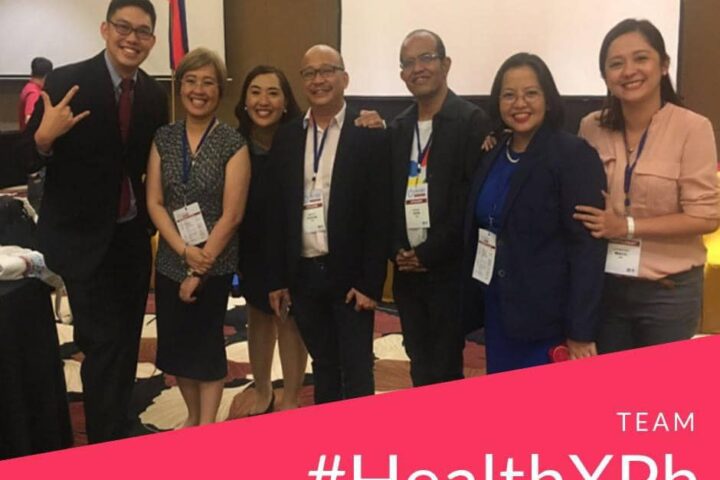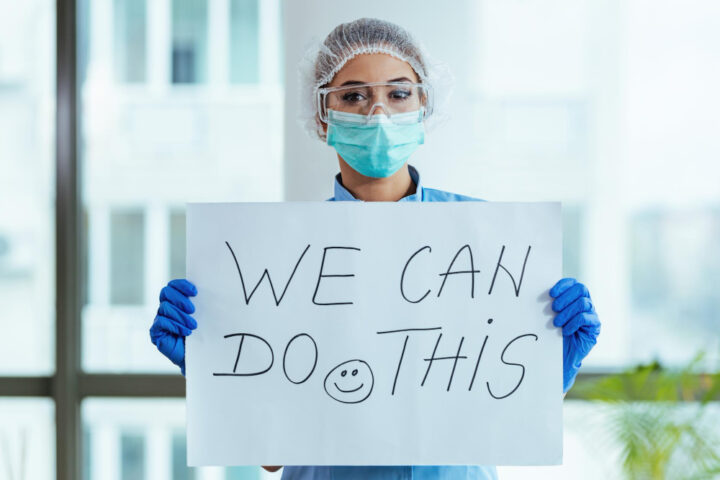How could information technology improve healthcare in a limited resource community?
This is one of the questions asked in one of the health information technology appreciation talk I gave recently.
When care is complex, expensive, and inconvenient, many afflictions simply go untreated.
Health information technology is a broad concept that encompasses an array of technologies to store, share, and analyze health information. In primary care, examples of health IT include the following:
- Clinical decision support.
- Computerized disease registries. (e.g. Trauma registries)
- Computerized provider order entry.(CPOE)
- Consumer health IT applications. (e.g. wearables)
- Electronic medical record systems (EMRs, EHRs, and PHRs).
- Electronic prescribing.
- Telehealth
HIT ultimately aims to help healthcare providers provide excellent care to their patient. HIT does this by improving point of care areas along the patient – provider flow, from the time patient goes in the hospital to the time he/she went out and up to their home. (see figure below)

Some of these HITs (EMR, CPOE) have been shown to reduce medical errors by up to 80%, prescription errors by up to 55%. While HIT has the potential to reduce utilization of healthcare, investing in HIT is not cheap so far. The main challenges are investing cost and resources.
The real hope is in disruptive innovations in health that uses these information technologies to bring down healthcare cost but improve quality of care.
Disruptive innovation, a term of art coined by Clayton Christensen, describes a process by which a product or service takes root initially in simple applications at the bottom of a market and then relentlessly moves up market, eventually displacing established competitors. – See more at: http://www.claytonchristensen.com/key-concepts/#sthash.iNDhe9BG.dpuf
Areas like telemedicine and consumer health products are just beginning to pick up trend. But cost and quality of care metrics has yet to be validated to yield a significant disruption.

So going back to the question earlier, I’m a believer that somehow a disruptive innovation would breakthrough with these sets of HIT and improve delivery of healthcare in low resource communities.
I’m inviting all health stakeholders- MDs, Nurses, allied med professions, policy makers, health institutions, research groups, pharma and medical devices to a tweetchat this Saturday May 14, 2016 9PM Manila time.
Lets crowdsource ideas from HIT thought leaders and healthcare community what would these potential disruptions and innovations that will impact low resource communities.
- T1. What health information technology you use now to provide quality care and why?
- T2. What specific disruptive information technology do you think would improve delivery of care at a lower cost in limited resource community (like PH)? How?
- T3. What is the main challenge to this disruptive technology? Research? Policy?Education?
Don’t forget to use #HealthXPh. Se you all!
Readings:
https://www.healthit.gov/patients-families/basics-health-it
https://hbr.org/2000/09/will-disruptive-innovations-cure-health-care
http://www.managedcaremag.com/archives/2009/1/disruptive-innovations-will-change-your-life-health-care
http://www.forbes.com/sites/ashoka/2013/04/23/disruptive-innovation-a-prescription-for-better-health-care/#f7dfd447c442
http://mobihealthnews.com/31470/revisiting-how-christensens-disruption-innovation-in-healthcare-means-decentralization













